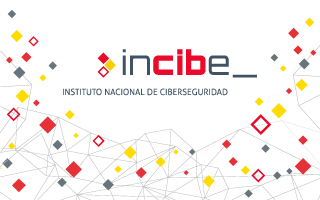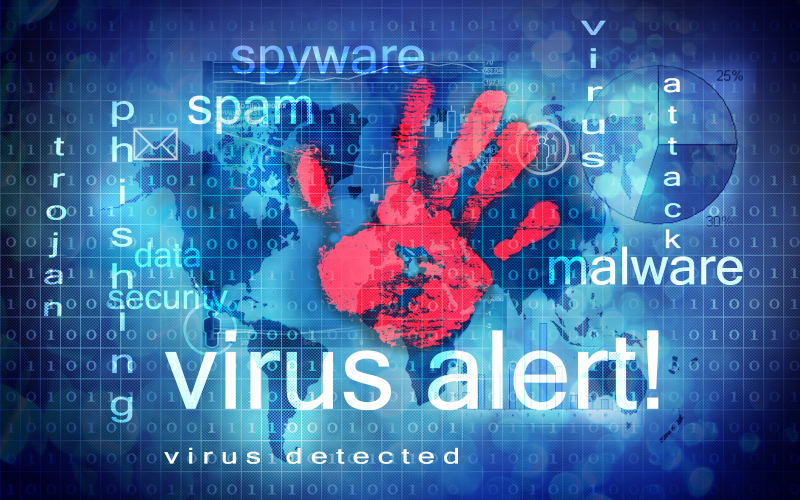

The BACnet (Building Automation and Control Networks) communications protocol is a standardised, open protocol developed by ASHRAE (American Society of Heating, Refrigerating and Air-Conditioning Engineers Inc) designed for smart building management. Its main advantage is the ease with which it enables communication between different devices and systems from various brands.
This article provides a technical analysis of the BACnet protocol, explaining its technical concepts, new features and advantages in industrial environments, and how it has evolved to meet today's cybersecurity requirements.






The increasing development of malware targeting the industrial world has not halted its momentum in the slightest. Several research groups have detected a new malware called Fuxnet and are currently investigating its scope. This malware has the capability to send specific requests at the serial level, via RS485/MBus, executing floods to more than 87.000 assets, including control systems and integrated sensors deployed across different sectors. Among the infrastructures compromised by this malware, we find hospitals, airports and other critical infrastructures that provide essential services to the population.



